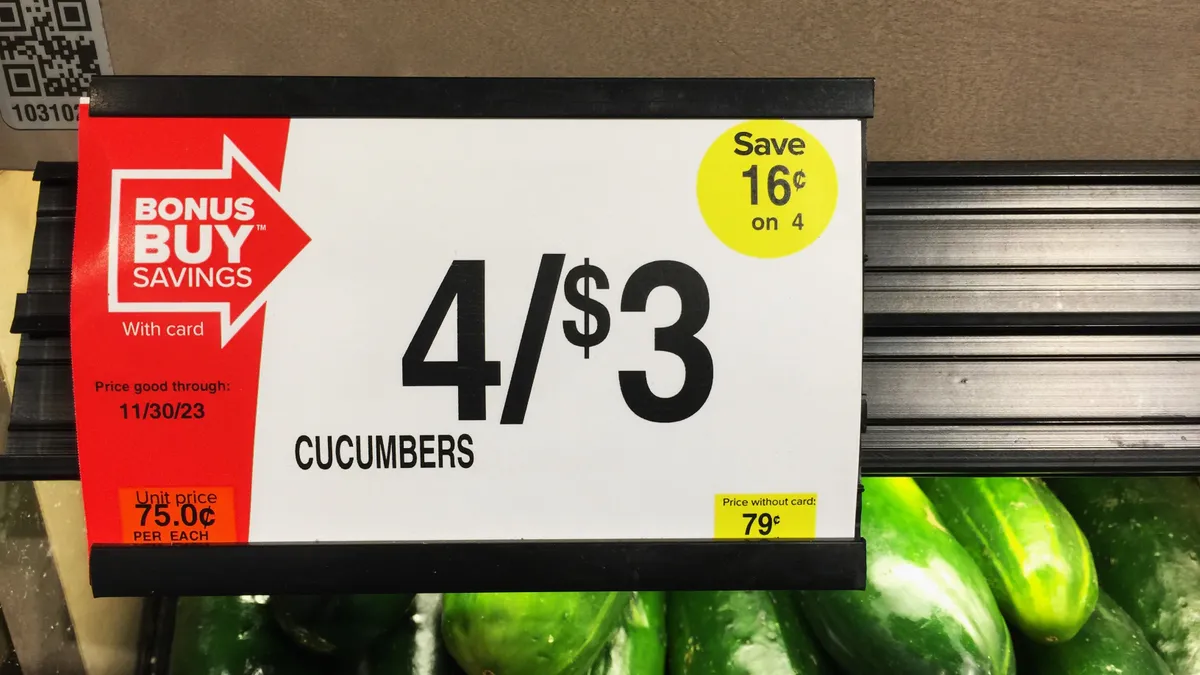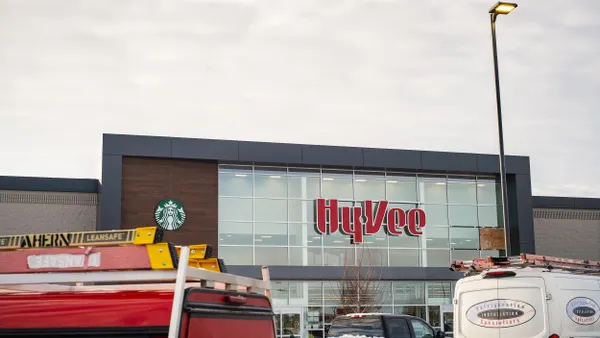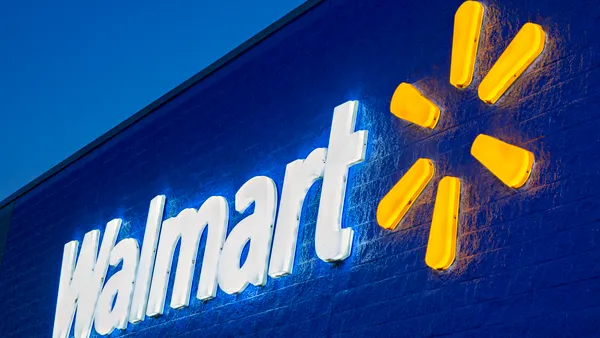At the start of this year, Grocery Dive published our annual trends forecast for the year ahead. The experts we interviewed forecast a year filled with inflation-related shifts for the grocery industry coupled with growth opportunities like retail media and mergers and acquisitions.
Grocers headed into 2023 under the shadow of record-breaking inflation during 2022 and newly raised uncertainties about the industry with the proposed Kroger-Albertsons merger.
As 2023 got underway, food-at-home inflation slowed yet consumers continued to worry about high grocery prices — a dichotomy that has been hurting grocers’ bottom lines. In the face of mass retailers like Walmart and discount grocers gaining market share in grocery, grocers have placed greater emphasis on affordability and quality. Analysts predicted private label, in particular, as a prime lever to appeal to budget-conscious consumers.
Making predictions always comes with the uncertainty of how much the forecasts match what plays out. As 2023 winds down and we work on our top trend picks for 2024 — set to publish in early January — Grocery Dive is revisiting its 2023 prognostications to grade them based on what actually happened.
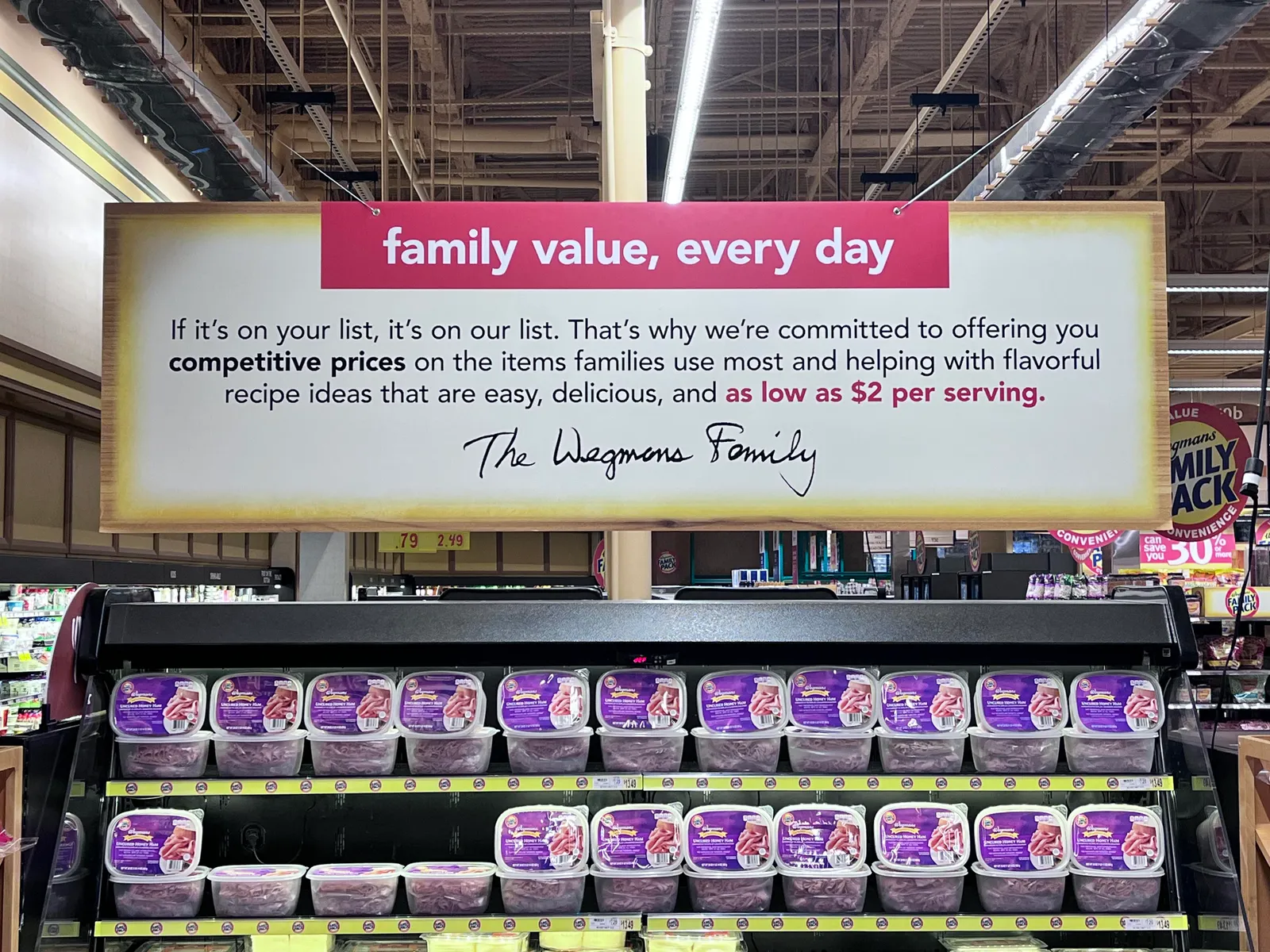
Prediction: Inflation continues to impact consumers
Grade: A
At this time in 2022, grocery prices were steaming ahead at an almost 12% annual clip, a statistic readily apparent to shoppers struggling to keep up with costs at the supermarket. Fast forward about a year and inflation remains a top concern for people even as statistics from the Bureau of Labor Statistics shows that food-at-home inflation has dropped to less than 2% — its lowest level in more than two years.
Helping drive the stark contrast between government data and people’s perceptions is the fact that while the rate of inflation might be way down, prices are still higher than they were just a few years ago. That has fueled a sense among consumers this year that inflation is higher than its actual rate and put the onus on grocers to focus heavily on value to connect with highly price-sensitive customers.
Data released in September by McKinsey & Company underscores the powerful role inflation is playing in how people approach grocery shopping. Over 70% of shoppers who participated in a survey the consulting firm fielded during the summer said discounts had grown in importance to them over the past year.
Shoppers also want retailers to use artificial intelligence technology to help identify ways for them to save money. People are especially interested in tools that can help them manage their budgets and enable retailers to offer them personalized savings opportunities, according to data published in November by Dunnhumby.
Prediction: Grocers focus on personalization and value messaging
Grade: A-
With consumer perception of inflation continuing to drive purchasing decisions this year, grocers continued to step up their efforts to showcase quality and affordability — as analysts predicted.
Wegmans, for example, promoted recipe ideas that cost as little as $2 per serving as part of its commitment to offer competitive prices. Meanwhile, Giant Food has highlighted how its rewards program members can redeem points for free items and how consumers can save money when they switch from national brands to store brands.
The holiday season saw the return of meal deals with a heavy dose of discounts aiming to take inflation off of the table.
Grocers also continued to make headway with their personalization efforts, especially when connecting health and wellness to their food assortment. Natural Grocers rolled out the option for consumers to get a free, 30-minute walkthrough at select stores by one of the grocer’s nutritional health coaches who can point out personalized product recommendations and give suggestions better for both the planet and people.
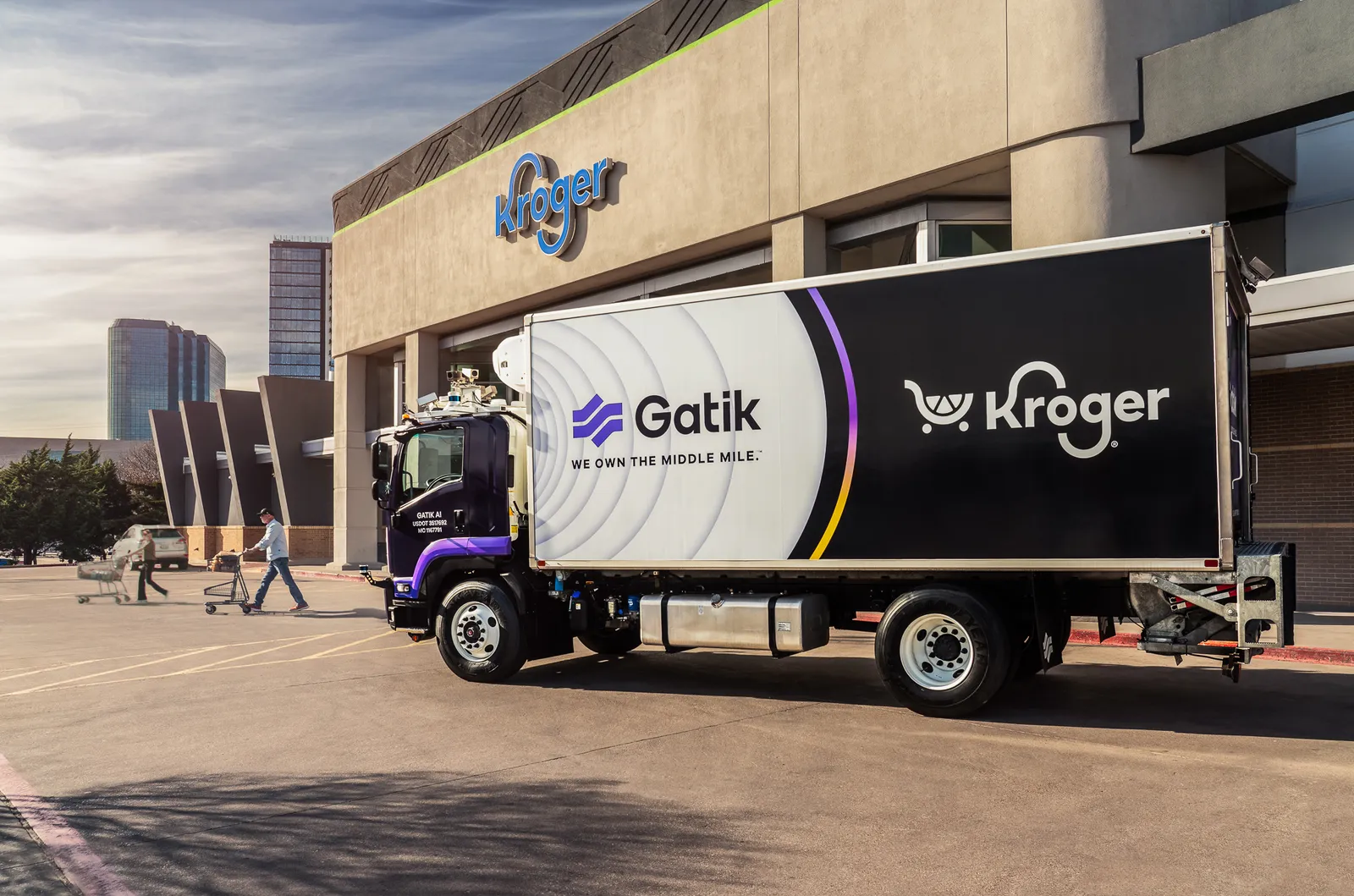
Prediction: E-commerce will return to growth mode
Grade: B-
2023 turned out to be a topsy-turvy year for the online grocery business. While shopper interest in buying groceries digitally has remained well above where it was before the pandemic ignited a surge in e-commerce demand, the industry did not see the level of growth that seemed to be on the horizon 12 months ago.
While recent data from Brick Meets Click show that delivery, pickup and ship-to-home sales are higher than they were at this point in 2022, online grocery revenue has been under pressure for much of the year, with traditional grocers giving up ground to mass retailers like Walmart.
In a reflection of the stalled overall demand for e-commerce that grocers have grappled with this year, Kroger indicated in September that it had decided not to develop new sites in the automated order-fulfillment network it has been working on with Ocado. Instead, the company is devoting its attention to the sheds it has already built.
“We’re making progress, but we wouldn’t be to the point where we would start focusing on additional sheds until we make sure that we have a clear path on the ones we have,” Kroger Chairman and Chief Executive Officer Rodney McMullen said during the grocery company’s second-quarter earnings call.
Prediction: Grocers add more amenities to online shopping
Grade: B-
Grocers invested in their e-commerce operations in 2023, but their efforts focused more on strengthening the fundamentals than on stepping up the shopping experience.
Adding SNAP EBT as an online payment option emerged as a key goal for some retailers this year. Kroger, for instance, expanded the payment method to all of its stores, while BJ's Wholesale Club began accepting SNAP benefits through Instacart after making the capability available through its own website and app in 2022. Giant Food and Harvest Market, meanwhile, rolled out programs to encourage SNAP shoppers to buy healthy foods.
Grocers also showed interest this year in investing in subscription programs to build shopper loyalty. Kroger-owned Murray’s Cheese launched a monthly club subscription program, and Amazon announced that it had started testing a grocery subscription program in three cities.
Prediction: The store experience once again takes center stage
Grade: A-
With the return of in-store shopping, grocers have once again ramped up their efforts to make their brick-and-mortar locations appealing places to hang out, eat a meal or discover new products.
Industry experts forecast expanded fresh assortments and more in-store technology, like smart carts — predictions that came true. Grocers of various sizes, from seven-store chain Geissler’s Supermarkets to Wegmans, began testing and rolling out smart carts. Expanded fresh assortments became focal points at remodeled stores as well.
Using store design to highlight meal offerings also became a theme with store updates this year. A bevy of grocers have amped up their foodservice and in-store restaurant options, from ShopRite expanding its “Fresh to Table” concept to more stores to Giant Food bringing restaurant partners’ meals in-store.
2023 also saw a returned interest in innovative store design. Northgate González Market’s newly opened “Mercado” concept in Costa Mesa, California, aims to celebrate the Mexican culinary experience with authentic cuisine, food stalls and a fine-dining restaurant.
Prediction: Retail media will grow — and so will its challenges
Grade: A-
Just like experts predicted, retail media continued to gain more ground in the grocery industry this year as retailers debuted partnerships and in-house offerings to capture CPGs’ ad dollars, but perhaps not as widespread as initially forecast.
While Giant Eagle and Hy-Vee launched in-house services, some grocers turned to third-party partners, like Save Mart’s work with Swiftly and Dollar General’s partnership with Meta. Instacart saw Sprouts Farmers Market and Northeast Grocery sign on to use its Instacart Ads platform to roll out retail media offerings.
As retail media continues to face hurdles around specifications, methodologies, terminology and disclosures, Albertsons’ retail media arm unveiled a preliminary framework this summer to address those challenges. Standardization could lead to roughly $5 billion to $15 billion in incremental value for retail media networks, marketers and agencies in roughly three years, according to a McKinsey analysis cited in the framework. That means the longer it takes retailers to find fixes for retail media’s potholes, the more money they can miss out on in the long term.
Along with the standardization woes, there’s still a large opportunity for extending retail media’s reach to smaller grocers. Scale, in particular, is an obstacle for smaller and regional players that could use more innovation to overcome.
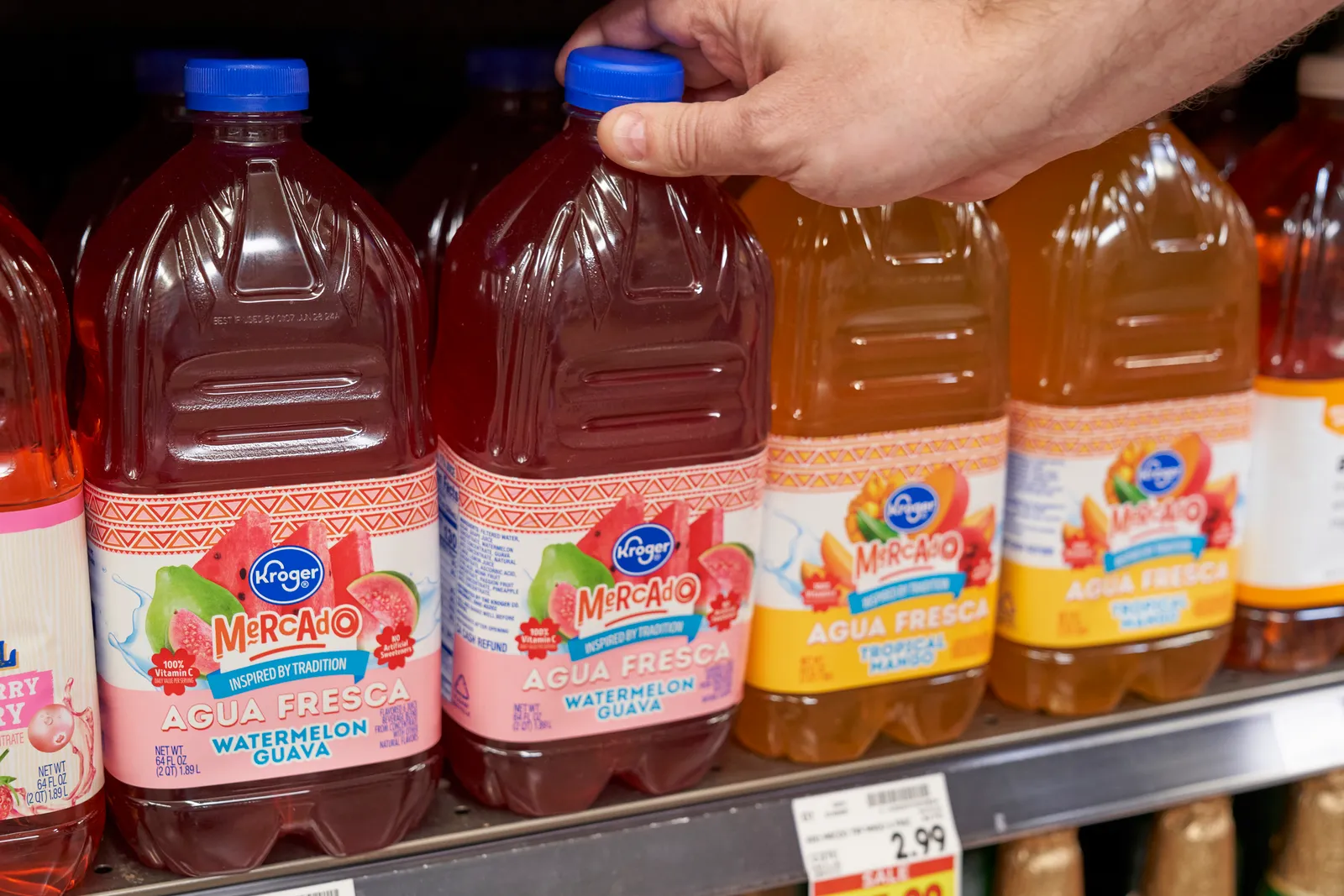
Prediction: Private label will grow, but not because of trading down
Grade: B-
Private label continued to be hot in 2023 — and trading down helped fuel consumer hunger for store brands.
Industry observers predicted that private label penetration in grocery will continue to rise even as inflation tapers off. And while inflationary rates have cooled over the course of the year, consumer perception of inflation — especially grocery prices — has remained
Research this year has found that consumer perception of inflation is distorted, with people thinking it’s worse than it actually is. This also coincided with heightened financial pressures such as the ending of a temporary boost to SNAP benefits.
In a sign that retailers see their private brand value for consumers as more than just the price tag, 2023 saw continued store brand moves to appeal to shoppers, such as Kroger launching a Hispanic-inspired brand, Southeastern Grocers rolling out a “clean label” store brand and Walmart adding compostable cutlery to its Great Value line.
A survey in July by FMI – The Food Industry Association found that 90% of participants said they would be somewhat or very likely to continue buying store brands if inflation or grocery prices come down.
Prediction: M&A accelerates in the wake of Kroger-Albertsons
Grade: B-
While grocery M&A activity has been robust throughout 2023, the industry did not see quite the level of consolidation that seemed to be on the horizon at the start of the year when Kroger’s blockbuster plan to acquire Albertsons fueled speculation that multiple other grocers might respond by quickly moving to join forces.
As expected, Kroger and Albertsons announced plans to divest hundreds of stores to assuage concerns that their combination would reduce competition in the grocery space, but the companies decided to sell all of the locations to C&S Wholesale Grocers rather than spread them among several buyers.
Meanwhile, Aldi’s deal in August to acquire the Winn-Dixie and Harveys Supermarket chains from Southeastern Grocers reflected the German retailer’s quest to expand its already formidable presence in the Southeast — where Publix, not Kroger, represents the bigger challenge. In addition, Aldi highlighted the fact that the deal builds on plans it already had to add 120 new stores this year en route to running 2,400 locations by the end of December.
Other high-profile industry transactions, like Brookshire’s decision to transfer most of its pharmacies’ to Walgreens and Ahold Delhaize’s move to unload e-grocer FreshDirect, focused on the sale of assets other than grocery stores.
That’s not to say other grocers didn’t seize the opportunity to expand in 2023. Coborn’s decision to buy Sullivan’s Foods and Heritage Grocers Group’s move to absorb El Rancho Supermercado both reflect an appetite among retailers for building momentum by gaining scale




